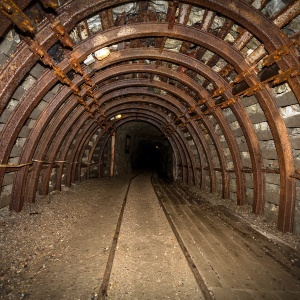Military monuments in Lower Silesia
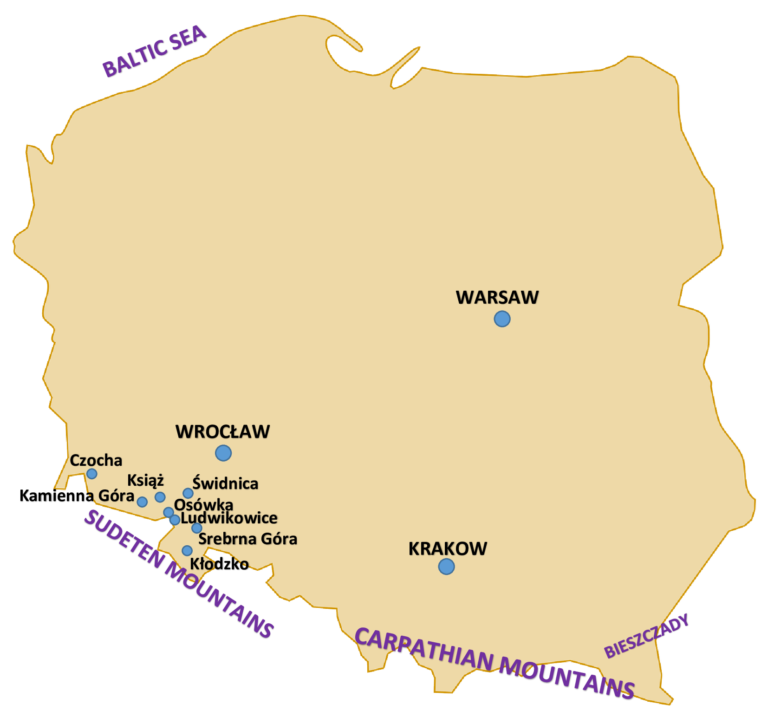
The region is located in South-Western Poland, it is the richest in monuments region in Poland. This reflects the past prosperity of this land, rich in gold, silver, precious stones, but also turbulent history, the remnant are not only great cities, palaces and religious monuments, but also castles and fortifications.
We recommend you get acquainted with at least a small portion of the historical heritage of these lands.
DAY 1 – Arrival and overnight in Wroclaw
DAY 2 – Today’s tour of Wroclaw covers the most important monuments of the city: the Old Town with its Main Market Square and the Town Hall.n. After the lunch visit to The Ceglarski Bastion and Fort Infantry No. 4 and 6. Overnight in Wroclaw.
DAY 3 – After breakfast we will leave for Klodzka Valley to visit important military sites there. We shall start with Klodzko Fortress. After visit to Srebrna Góra (The Silver Mountain) Fortress, which is another of the bastions in the defense system of Prussia. Continue to visit Molke-Riese Museum in Ludwikowice. The last but not the least today’s interesting sites is the Underground City in Osówka. Overnight in Polanica, Trzebieszowice or Świdnica.
DAY 4 – visit to the Churches of Peace. They are special and unique sacral monuments. Both preserved churches – in Swidnica and Jawor – are on the UNESCO heritage list. Continue to visit the Ksiaz Castle near Walbrzych, the pearl of the Lower Silesia and the third largest castle in Poland. And finally today we will visit the Arado project in Kamienna Gora, considered a missing Hitler’s lab. Overnight at the hotel located in the Czocha Castle, that will be visited on the following day.
DAY 5 – starting with visit to Czocha. Going back to Wroclaw for overnight.
DAY 6 – Transfer to the airport for your flight back home.
Wrocław city tour
Wroclaw is the historical capital of Silesia and Lower Silesia. At various times in history, it has been part of the Kingdom of Poland, Bohemia, Hungary, the Austrian Empire, Prussia and Germany. The turbulent history of the twentieth century hit its mark on Wroclaw. During its affiliation to the German Reich in the years 1891-1945 the city was enriched by more than 100 objects of a military nature. Some of them survived to this day.
Visit to Ostrów Tumski – the oldest part of Wrocław where the episcopate was established in year 1000. See its numerous Gothic churches, the most precious of which, St John the Baptist Cathedral, founded in 1244, has remnants of the first, Romanesque church.
Walk through the Old Town with its beautiful Town Hall erected in 1241, now a museum, and many picturesque Renaissance and Baroque tenement houses.
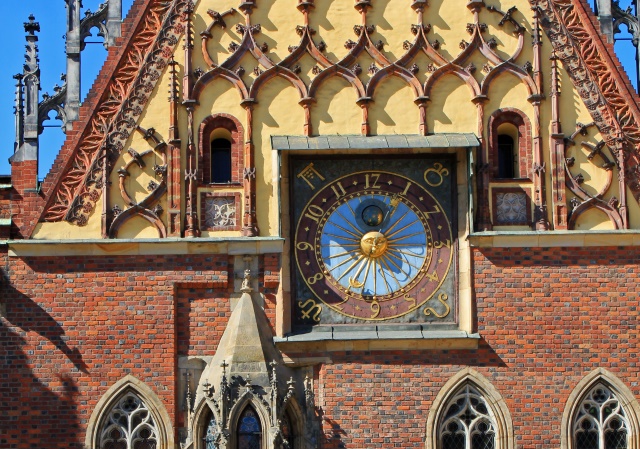
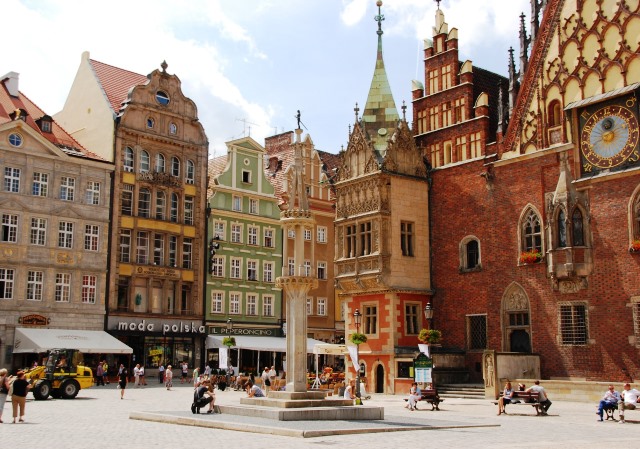
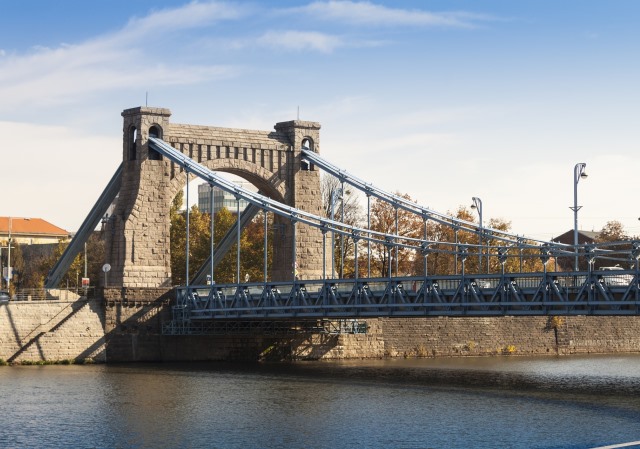
The Ceglarski Bastion (Polish Hill)
The Ceglarski Bastion / Polish Hill is a remnant piece of fortifications. It was created in 1585. The three-storey casemates were used as warehouses, and during the wars there were, among others, military hospitals.
In 1807, despite the authorities’ decision to demolish the Napoleonic fortifications, they survived, but lost the military character.
The hill became the vantage point, with a wide panorama of Cathedral Island.
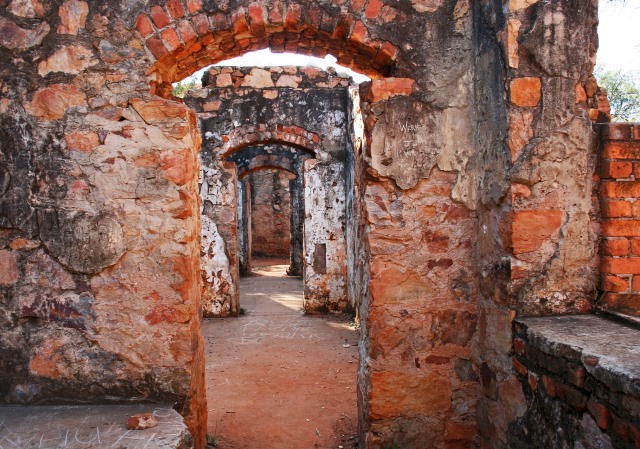
Fort Infantry No. 4 and 6.
In 1889, the Prussian army command has decided to establish in the Fortress. As a result, until 1914, it was founded in Wroclaw over 60 state of the art at that time military, aimed at stopping a possible attack Russian troops. Among the survivors today are: Fort Infantry No. 4 and 6.

Klodzko Fortress
Kłodzko’s most characteristic and recognizable site. During the tour you can see the underground refuge of the medieval population of Kłodzko and you get acquainted with the fortress itself. The defense complex consists of: the Main Fortress, the Mount Owcza Reinforcement Fort, the city walls and field fortifications. It owes its impressive size to the expansion of the order of the Prussian King Frederick II the Great, who, during the Silesian wars took the area of Silesia and Klodzko Land.
During the tour of the fortress we have the possibility to move by casemates (underground labyrinths), see bastions and enjoy the panorama of Klodzko and its surroundings from the vantage point on the bastion.

Srebrna Góra Fortress
Srebrna Góra (The Silver Mountain) Fortress, which is another of the bastions in the defense system of Prussia, which was to protect the territorial gains of Frederick the Great. It was established at the pass separating the Owl Mountains, Mountains of the Bardo, called the Silver Pass.
It is considered the largest mountain fortress in Europe. Situated in the picturesque place, delights tourists. The fortress visit includes the underground casemates and the impressive Fort Donjon.
In the basement there is a small museum with an exhibition of militaria.
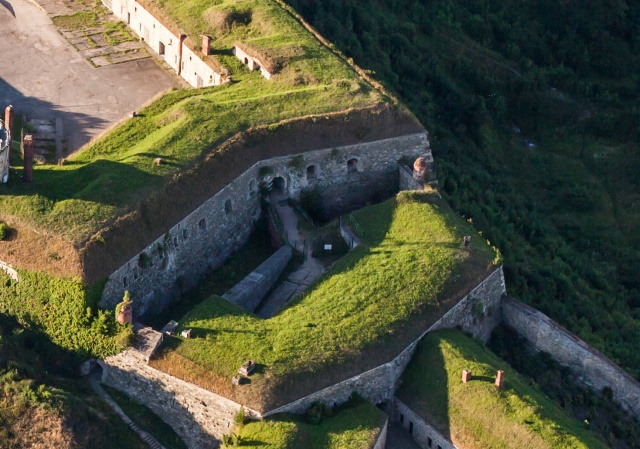
Molke-Riese Museum in Ludwikowice
Researchers dealing with issues related to the construction code-named “Riese” for years discussing the destiny of facilities built in the Owl Mountains. They may be considered:
- shelters for Hitler and his closest associates,
- underground factory (Me-262 V2)
- laboratories – chemical, biological or nuclear,
- research units and production facilities for vertical take-off, driven, among others, anti gravity engines.
Researchers are unanimous in one: Germans built a lot more than we see today. Somewhere in the Owl Mountains there are well hidden and camouflaged objects. Perhaps it is machinery and equipment that have already worked, served some research or experience. Of course it is possible that there were hidden museum or bank deposits. It is also possible that there are bodies of prisoners working on the construction site.
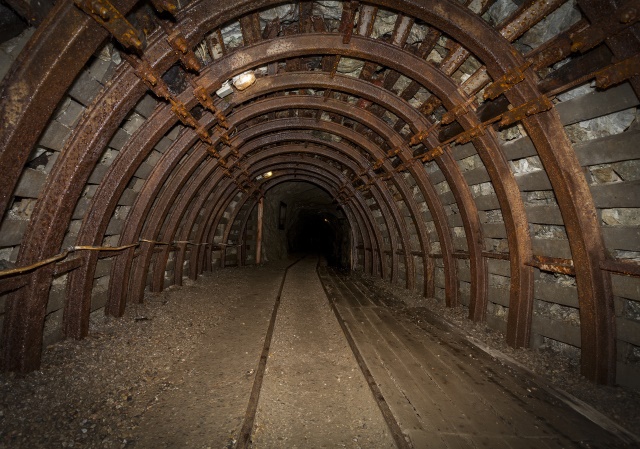
Underground City in Osówka
Hitler’s excavations of the underground galleries in the Owl Mountains began in 1943, most probably in order to set up a secret weapons factory. Approximately 1700 meters of a subterranean trail consisting of passages and caverns can be visited.
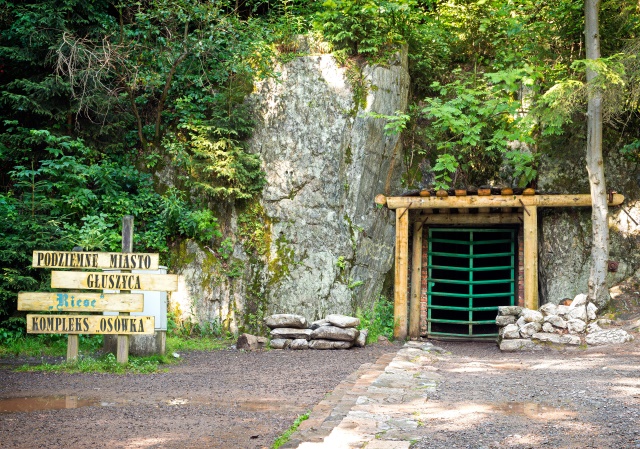
Świdnica and Jawor
Churches of Peace were built in the second half of the seventeenth century, following the Peace of Westphalia, ending the Thirty Years War (1618-1648), when pressed by the Protestant Sweden Catholic Emperor Ferdinand III granted the Silesian Lutherans right to build three temples in areas directly subordinate to his authority.
Imperial permission to build Churches of Peace was fortified with additional restrictions. The Protestants could only erect a temple outside the city walls, without towers and tower bells, only with perishable materials – wood, sand, straw and clay. They could not remind a church and its construction could not exceed one year. There were three such churches built: in Glogow, Jawor and Świdnica. To date, two survived, while the church in Glogow burned down in a fire caused by a lightning strike.
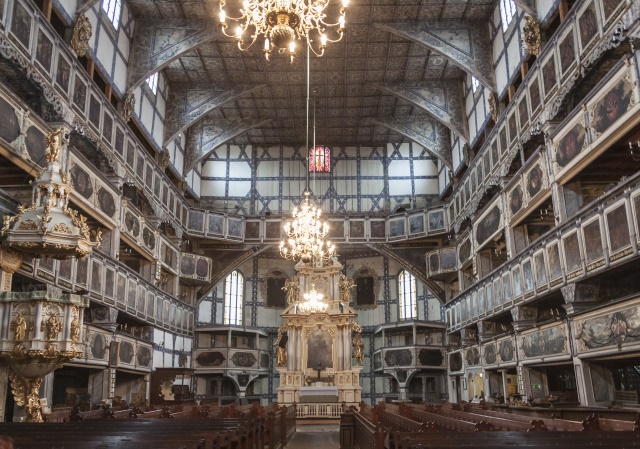
Książ
The pearl of the Lower Silesia and the third largest castle in Poland. Castle was modernized repeatedly and passed from hand to hand until it finally became the property of Hochberg family.
During the Second World War the castle was associated with the Project Riese operation in the Owl Mountains. Most of the furnishings were robbed after the war by the Red Army. Besides visiting the rooms of the castle, we can also visit the Castle’s gardens, as well as the nearby castle stables and the palm house of Princess Daisy.
Our last part of tour will be the Underground Tourist Route. The one-and-a-half kilometre underground route will intrigue with its variety of geological and historical curiosities. We will be able to discover halls powerfully reinforced with concrete, corridors cut out of the rock face, and the bunker rooms laid out beside them.



Kamienna Góra
Arado project in Kamienna Gora, considered a missing Hitler’s lab. Arado offers a tour of the underworld with an unusual arrangement that takes you back in time to World War II. Here, we take on the role of German spies infiltrating secret laboratories. Inside we find reconstructions of equipment and weapons – V2 rocket.
After visiting the underground you can go to the nearby Park Mountain with the exhibition of military equipment of Polish People’s Army.

Czocha
The origins of the Czocha Castle date back to the thirteenth century, when it was a fortified castle. For centuries, was repeatedly rebuilt and changed owners.
It is interesting that during World War II it housed a school of Abwehr cryptographers. The “Pers Z” team has developed here a machine-computer, breaking Soviet disposable codes. Also Werner von Braun – designer of rocket engines V-1 and V-2 stayed in the castle. Most probably secret research on uranium fuel was conducted here, shipped from the nearby Kowary.
In addition to exploring the halls it is also possible to enter the characteristic oval castle tower.


